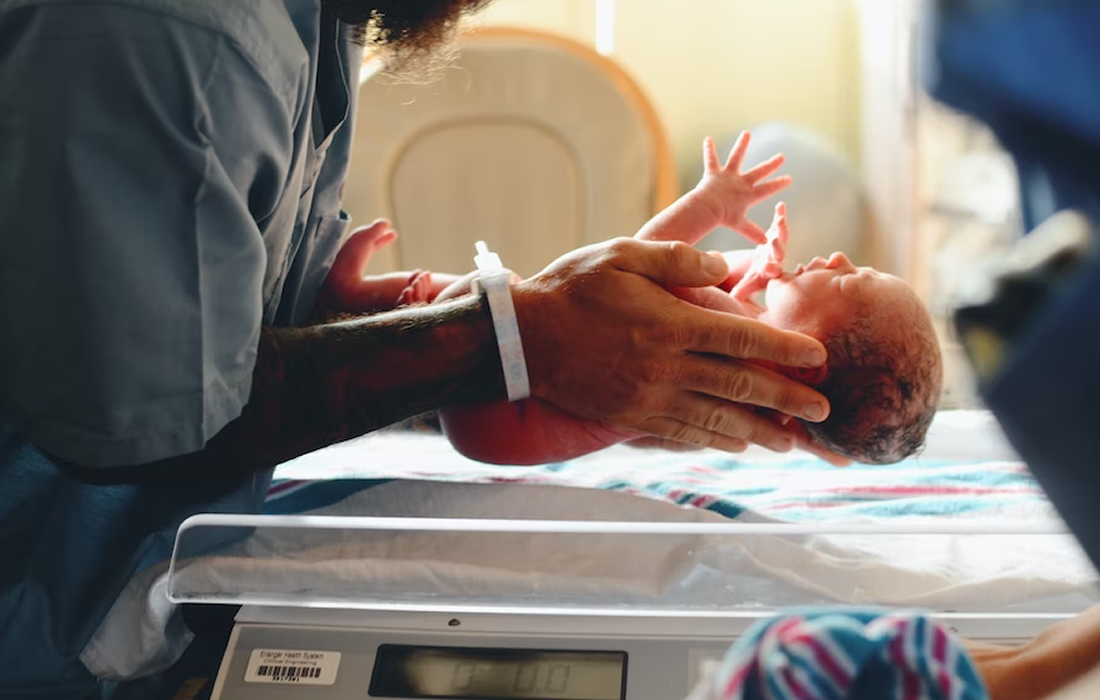Regenerative Medicine News and General Information
Babies Receive Essential Microbes Whether They’re Born Naturally or by C-Section Study Shows
Essential microbes transferred from mother to infant are only slightly lower for babies born via cesarean section and that gap can be bridged with breastfeeding.
That’s according to new research published on March 8 in the journal Cell Host & Microbe.
To understand how the microbiome develops during the first month of life, the team recruited and repeatedly sampled 120 Dutch mothers and soon-to-be-born babies.
From the babies, they collected skin, nose, saliva, and gut microbiome samples two hours after they were born and when they were one day old, one week old, two weeks old, and one month old.
The team also collected six different types of microbiome samples from the mothers — skin, breastmilk, nose, throat, fecal, and vaginal — to determine which of these sources were “seeding” the babies’ various microbiomes. Then, they analyzed these results in the context of several factors that are thought to impact microbiome transfer, including mode of delivery, antibiotic use, and breastfeeding.
“Microbiome transfer and development are so important that evolution has ensured that those microbes are transferred one or another way from mother to child,” said Debby Bogaert, first study author and a physician-scientist at the University of Edinburgh in Scotland, in a press release.
“Breastfeeding becomes even more important for children born by cesarean section who do not receive gut and vaginal microbes from their mom,” she added.
The study authors say that while the maternal microbiome is linked to almost 60% of the infant’s total microbiome, there’s still 40% that experts need to explore.
The connection between early life exposure to microbes from the mother and later-life health, including the presence of asthma and allergies, is also an area the study authors said they want to research next.
The study authors explained that although infants delivered via unlabored cesarean delivery may not have as many contributions from the maternal microbiomes as vaginal and labored or cesarean deliveries, the breast milk microbiome contributes further to the infant microbiome in unlabored cesarean deliveries.
Dr. Manisha Gandhi, the vice chair of the American College of Obstetricians and Gynecologists (ACOG)’s Committee on Clinical Practice Guidelines for Obstetrics, told that this study adds to the work being done on investigating the development of the infant microbiome and better understanding the contributions from maternal versus environmental factors.
Gandhi adds that maternal and infant benefits of breastfeeding are well-documented and breastfeeding is encouraged for all infants when feasible.
Sources:
Debby Bogaert, Gina J. van Beveren, Emma M. de Koff, et al. (March 8, 2023), Mother-to-infant microbiota transmission and infant microbiota development across multiple body sites. Cell Host & Microbe. Volume 31, Issue 3, P447-460.E6. DOI:https://doi.org/10.1016/j.chom.2023.01.018
Cell Press. (2023, March 8). Whether born naturally or via Cesarean section, babies receive essential microbes from their mothers. ScienceDaily. Retrieved March 9, 2023 from www.sciencedaily.com/releases/2023/03/230308112138.htm
Michelle Pugle. (2023, March 8). Infant Health: Study Says Babies Receive Essential Microbes Whether They’re Born Naturally or by C-Section. Healthline. Retrieved March 9, 2023 from https://www.healthline.com/health-news/infant-health-study-says-babies-receive-essential-microbes-whether-theyre-born-naturally-or-by-c-section
Image from:
https://unsplash.com/photos/I0ItPtIsVEE

